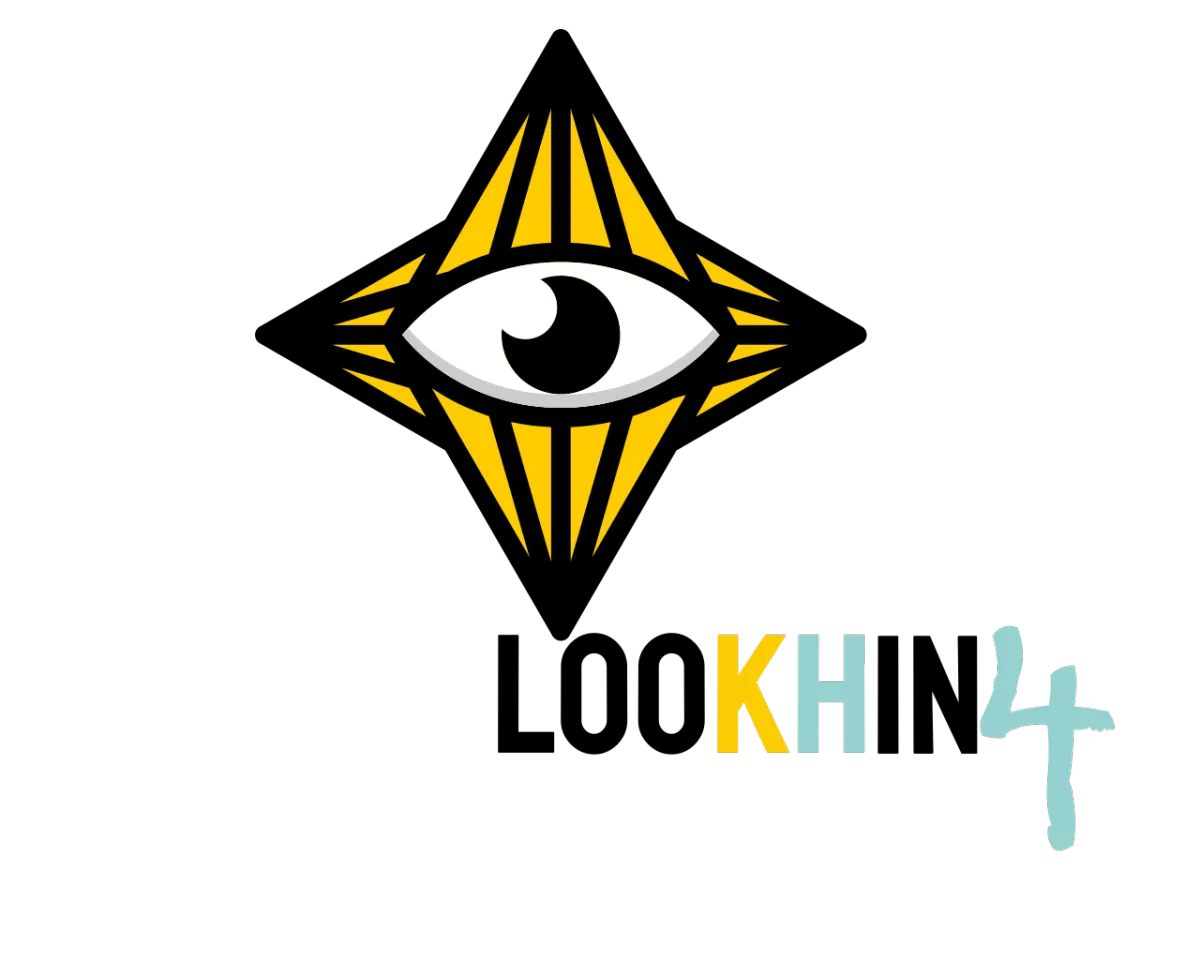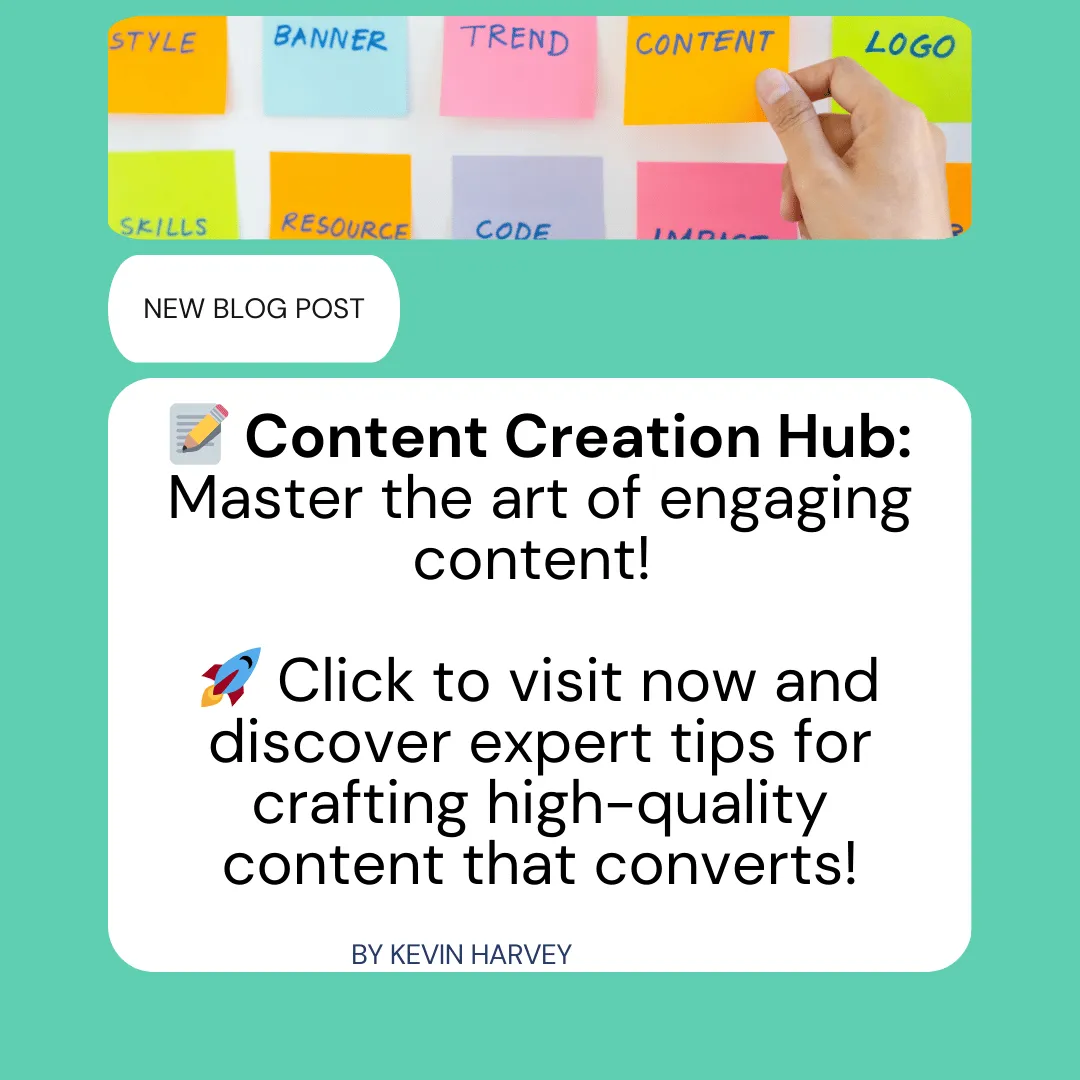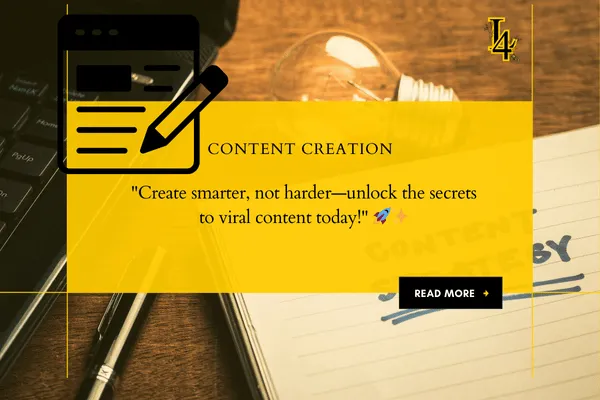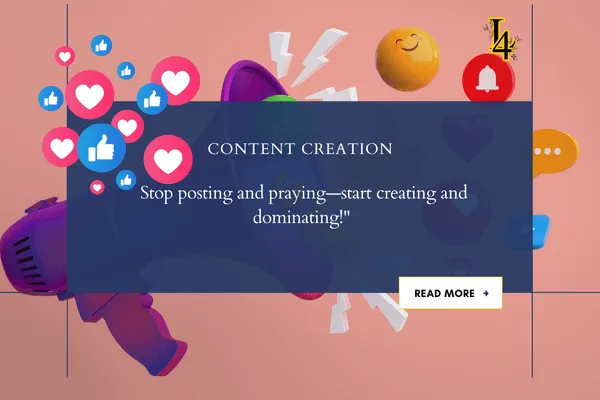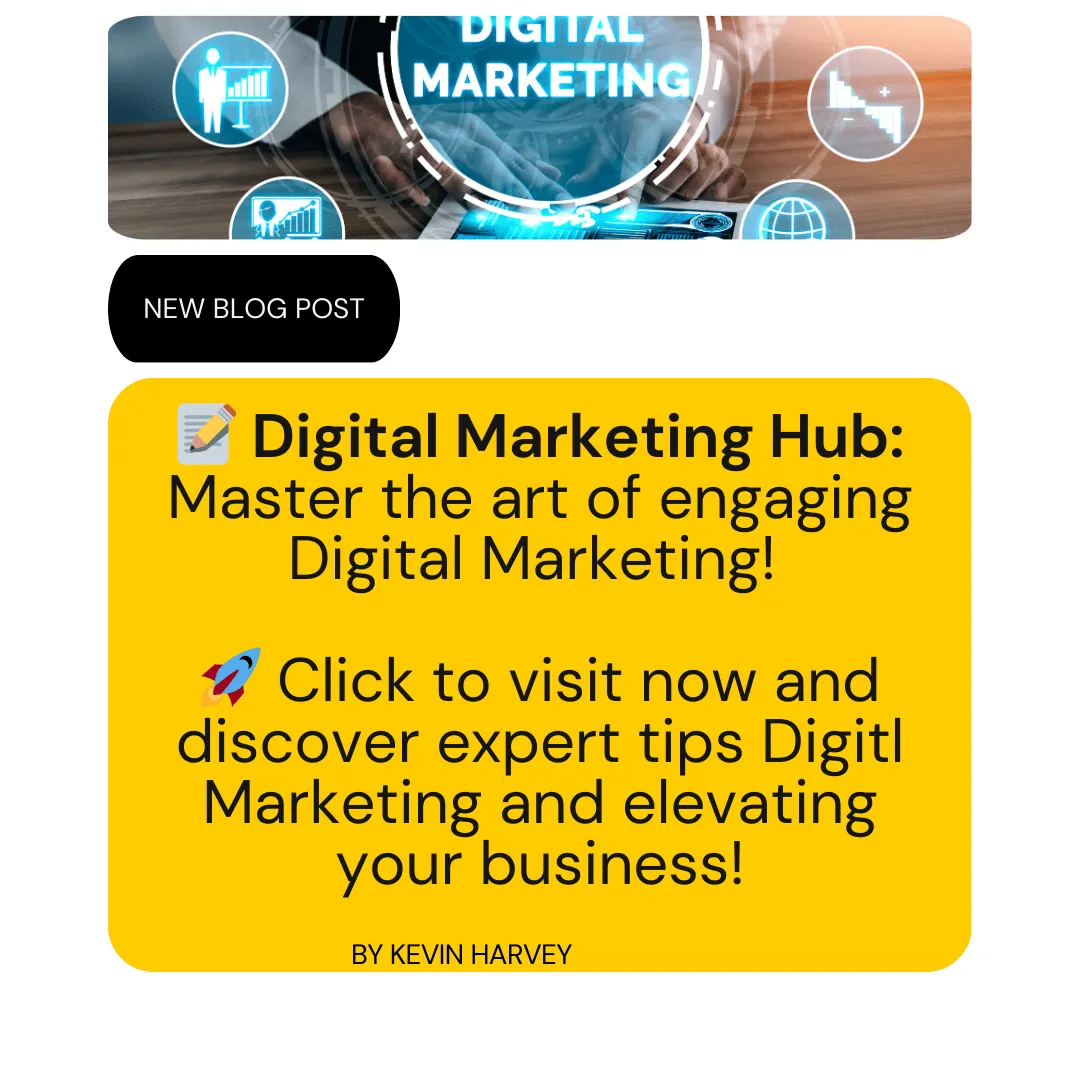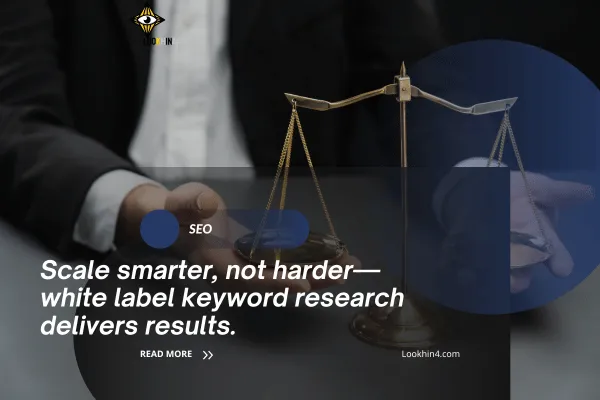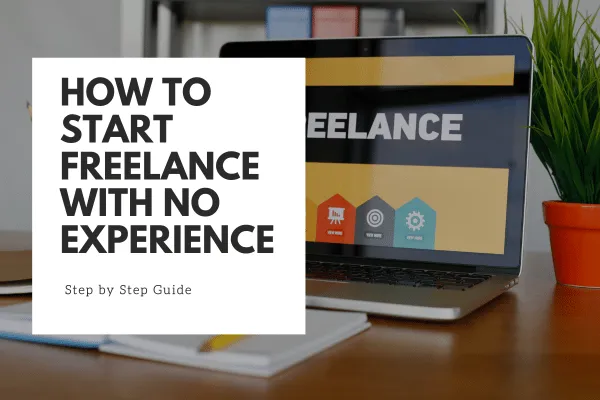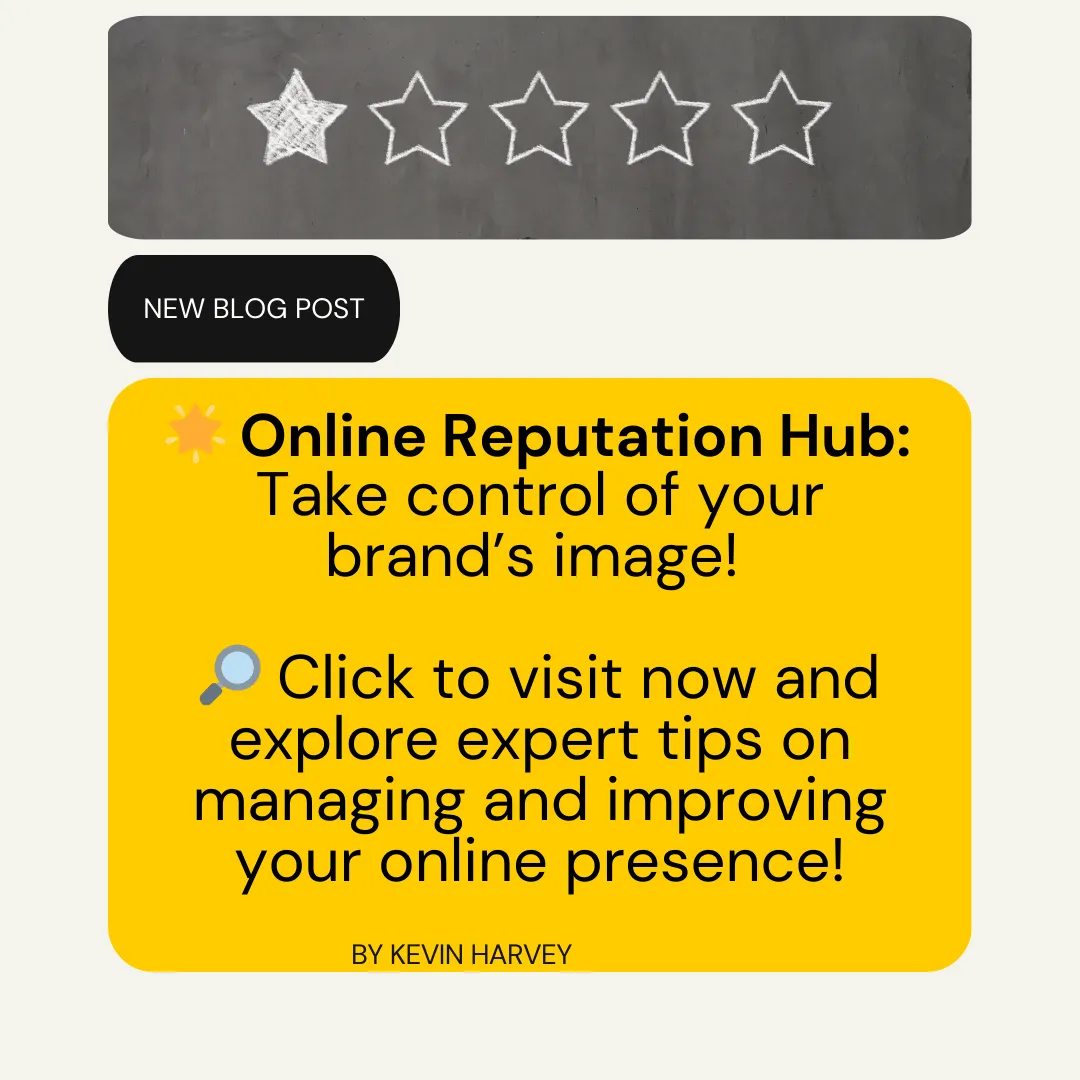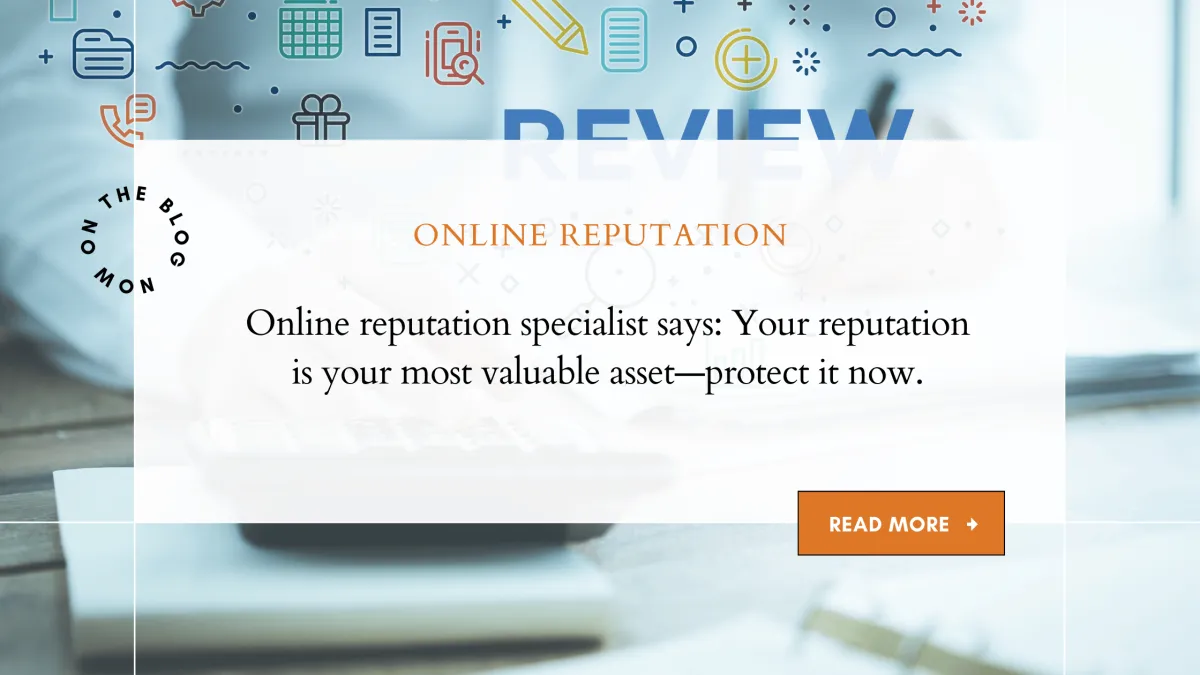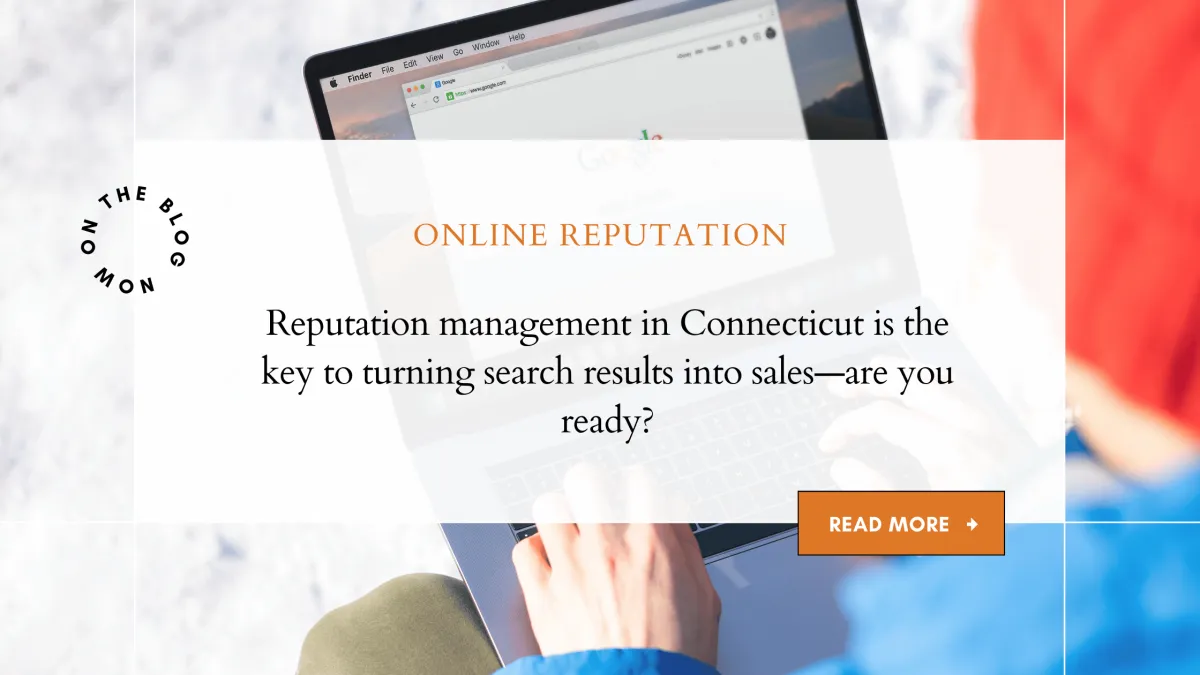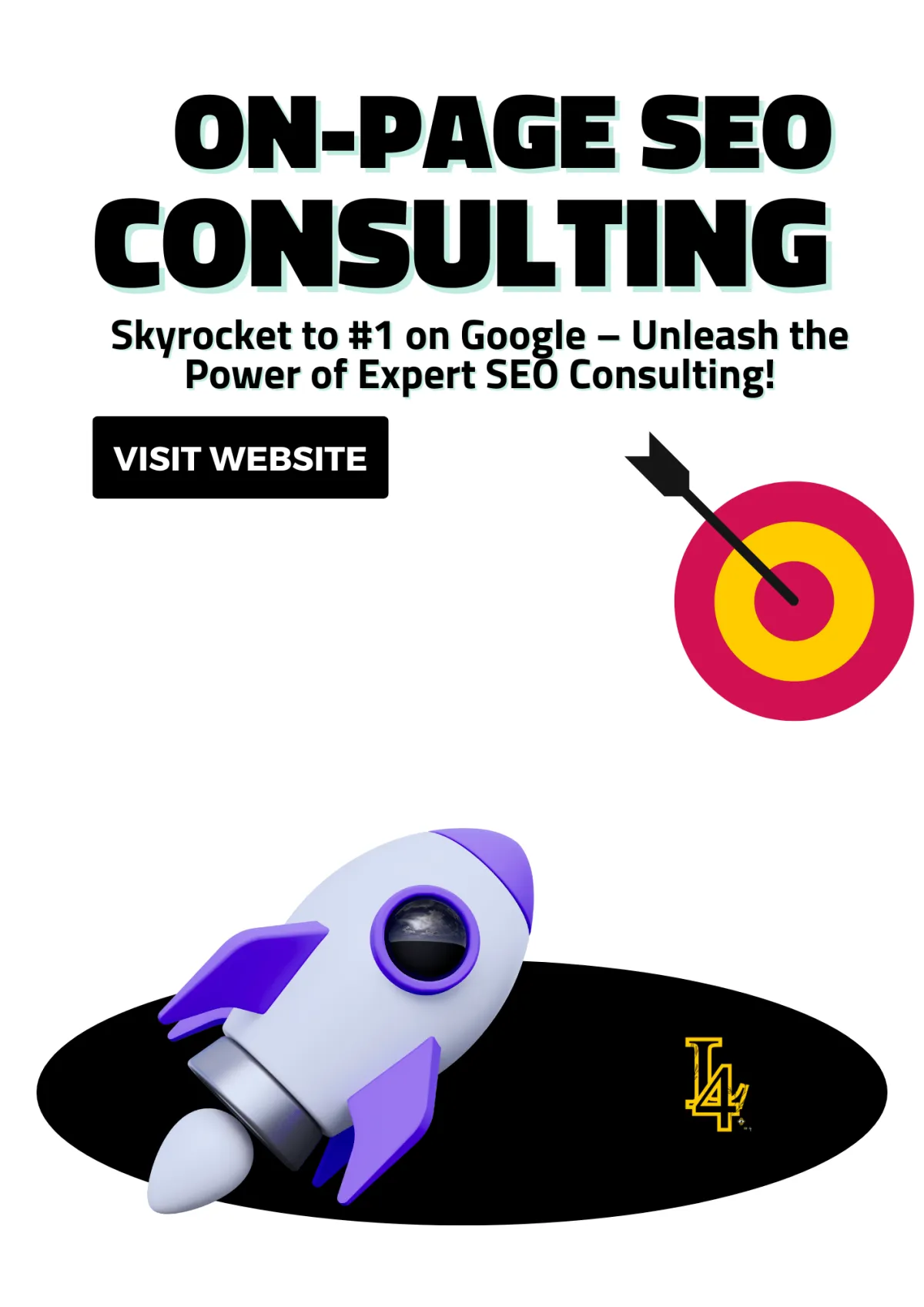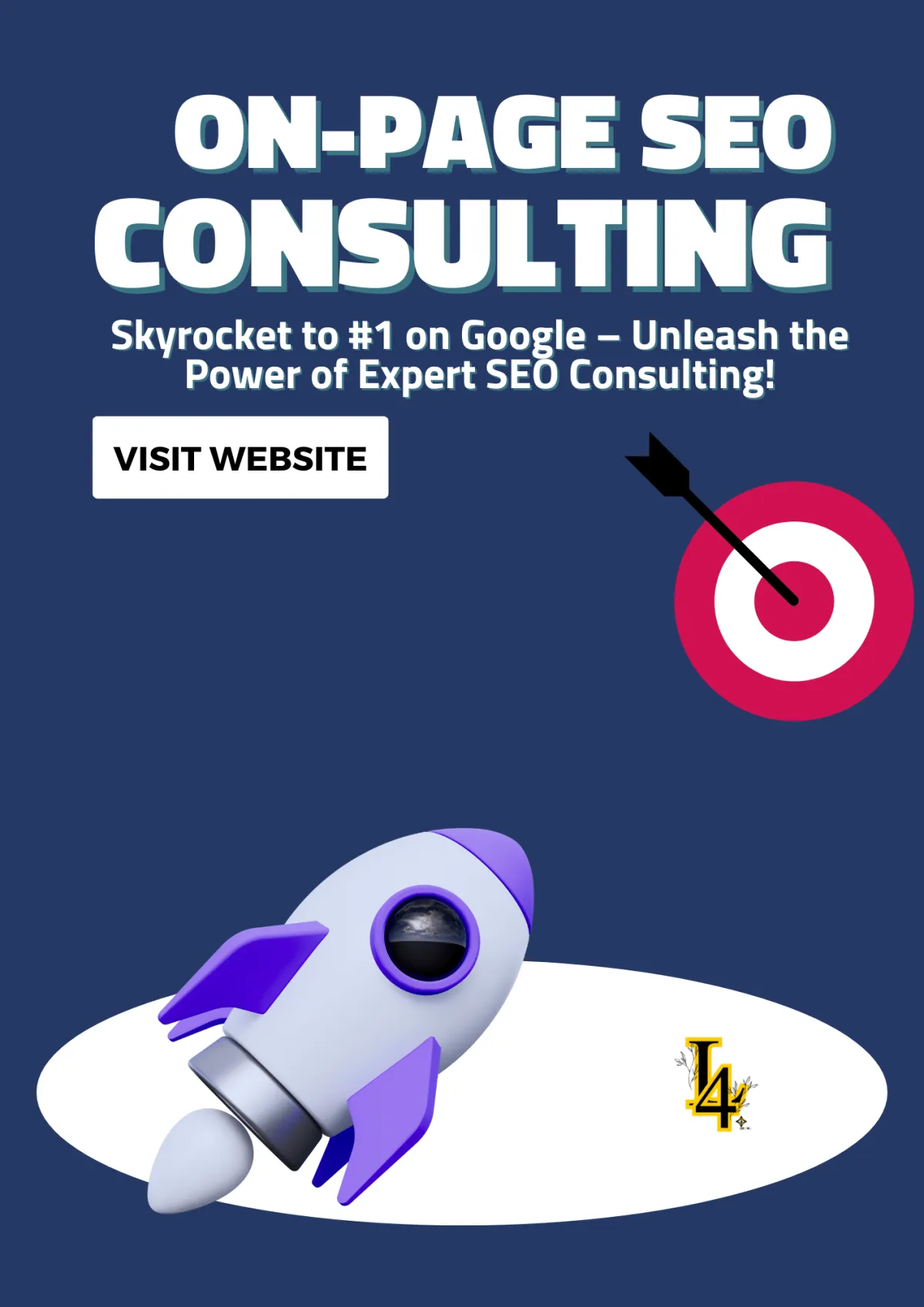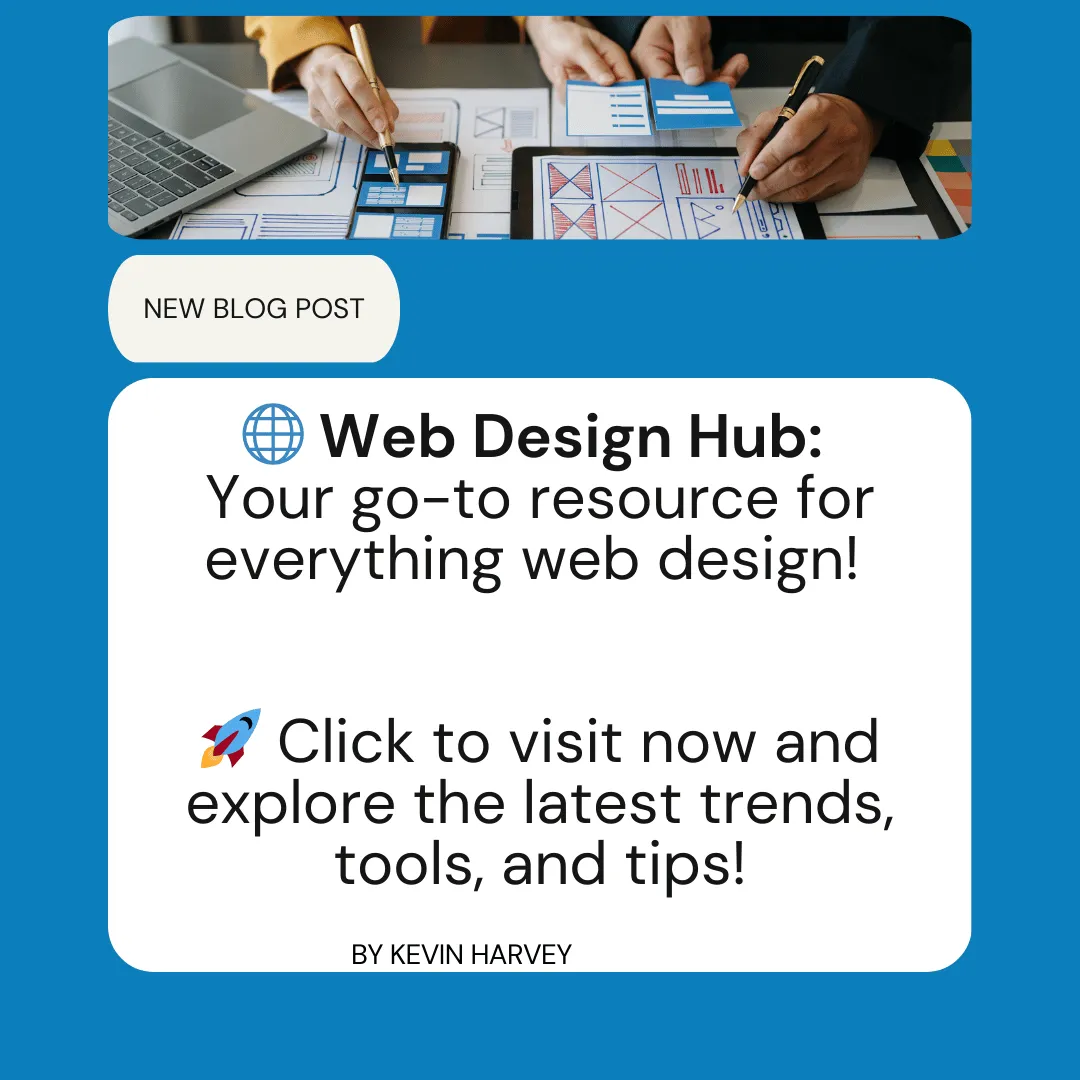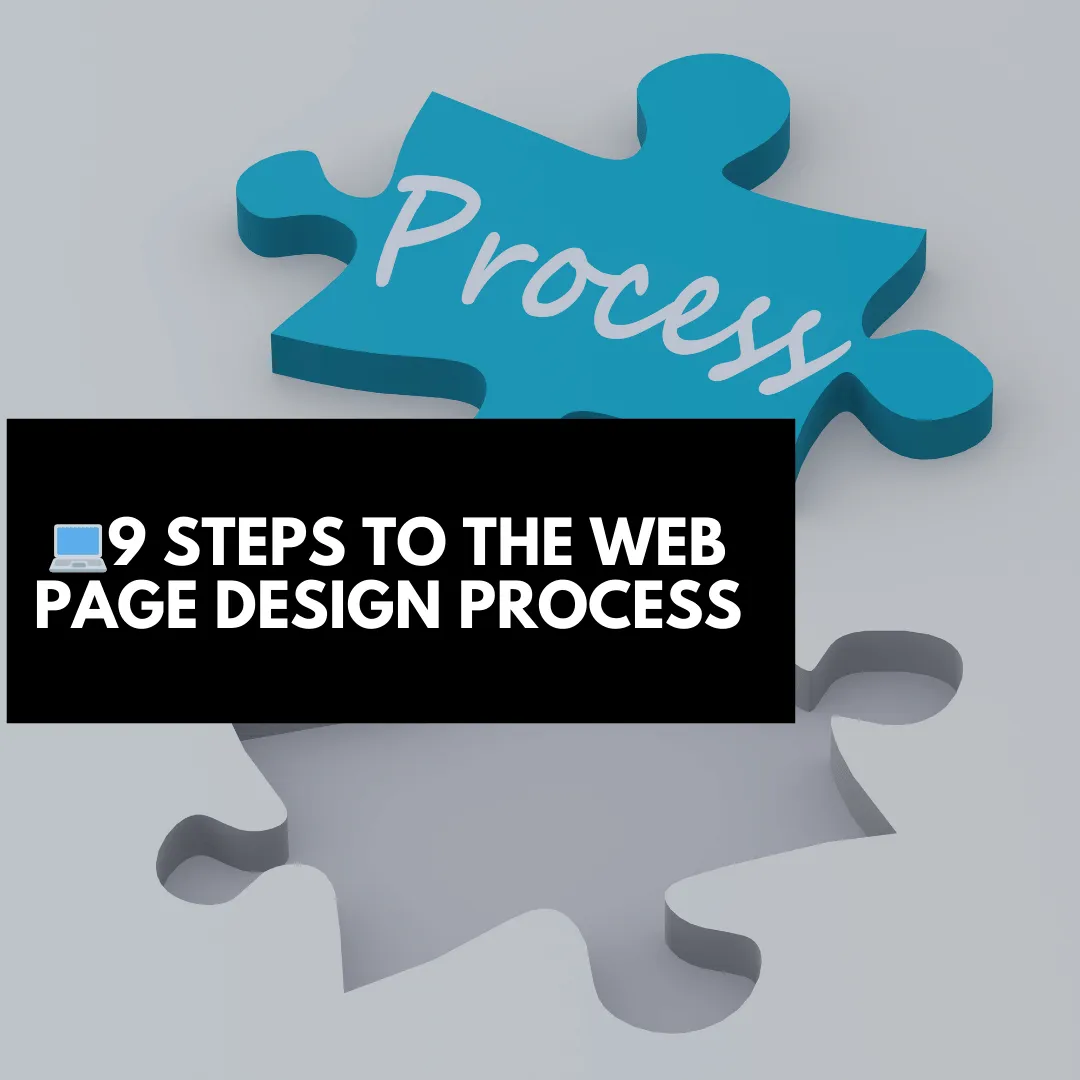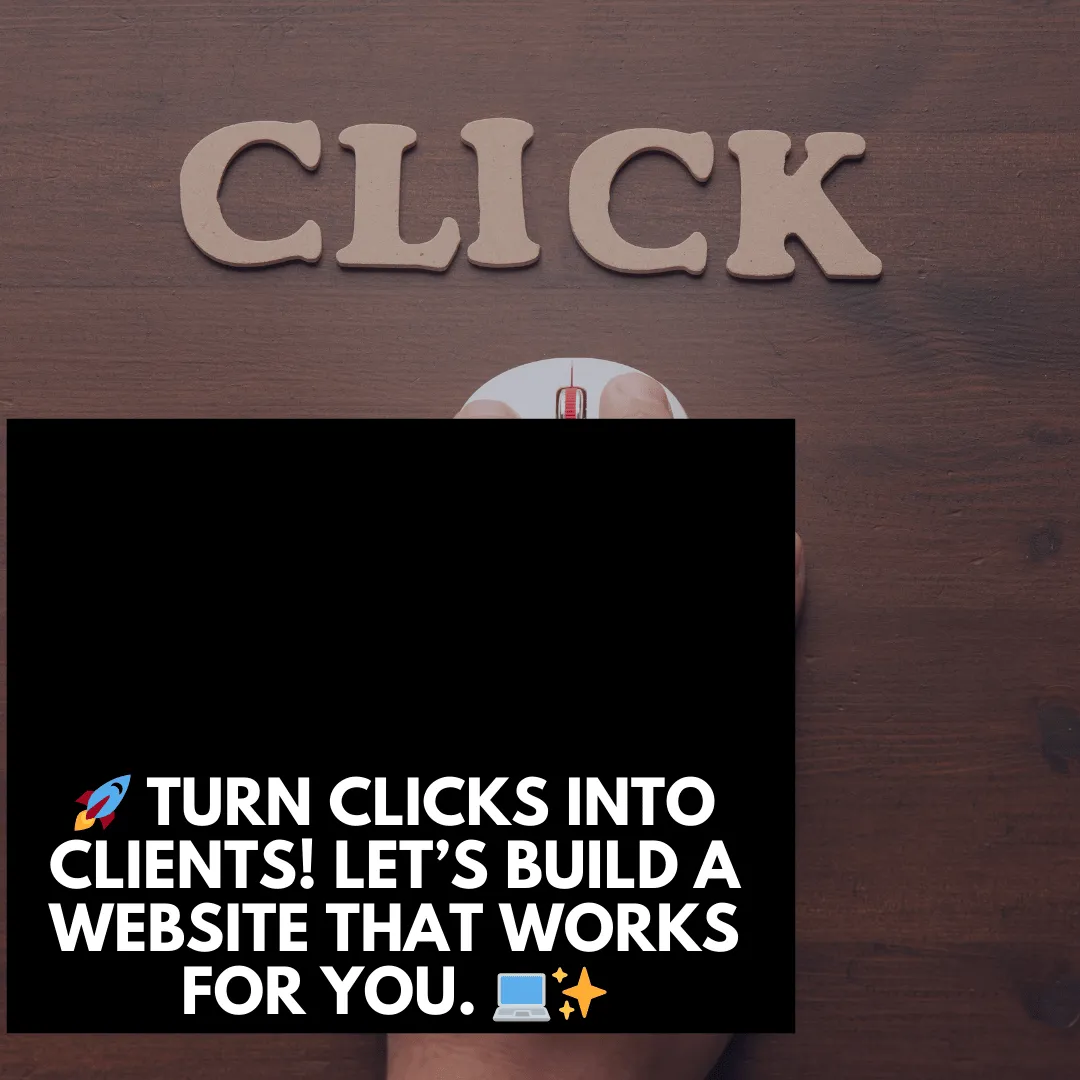
What Do I Put in Website Type?” — A Beginner’s Guide to Getting It Right
Stuck on the question: “What do I put in website type?” You’re not alone.
If you're setting up a website and hit that prompt, it can feel like a trick question—especially if you’re new to the process. But choosing the right website type isn’t just a checkbox. It shapes how your site works, how it looks, and how your visitors experience it.
Before you click randomly or skip ahead, here’s exactly what that question means—and how to answer it the smart way.

What Do I Put in Website Type?” — A Beginner’s Guide to Getting It Right
💡 What Does “Website Type” Mean?
So what does “website type” really mean?
🧭 Why Choosing the Right Website Type Matters
🔍 Common Website Types to Choose From
2. Online Store / eCommerce Website
If you’re setting up a new website and you hit the question “What do I put in website type?”—you’re not alone.
Whether you're using a site builder like Wix, Squarespace, or WordPress, or filling out a domain registration form, this question often pops up. And answering it correctly matters more than you think.
In this article, we’ll break down:
What “website type” actually means
Why it’s important
The most common website types
How to choose the right one for your goals
💡 What Does “Website Type” Mean?
When you're setting up a site with a builder like Squarespace, Wix, or WordPress, one of the first questions you'll often see is:
"What type of website are you creating?"
It might seem like a throwaway question—but it actually matters more than you think.
So what does “website type” really mean?
It’s just another way of asking:
👉 What is your website for?
Are you showcasing art? Selling products? Writing a blog? Offering services?
Your answer helps the platform guide you toward the right tools and templates—so you're not starting completely from scratch.
🧭 Why Choosing the Right Website Type Matters
Think of this like choosing a floor plan before building a house. You're not locking yourself into one layout forever, but you are giving yourself a head start that saves time and confusion later.
Here’s why it matters:
🎨 Design Suggestions
Most site builders will suggest design templates based on your chosen category.
If you select “Portfolio,” you'll see clean, image-forward templates. Choose “Online Store,” and you’ll get layouts designed to support products, prices, and checkouts. It’s like getting a head start on the creative process.
⚙️ Built-in Features
Choosing a type helps auto-load the right tools:
An online store gets a cart, product pages, and payment options
A blog gets posts, categories, and commenting systems
A service-based business might get calendars, forms, or booking tools
You can always add or remove features later, but this sets up a solid foundation.
🔍 SEO and Analytics
When you define your website type, it helps search engines like Google understand what your site is about.
If your site is clearly a portfolio, Google will know to treat your pages as creative work. If it's a store, it’ll prioritize product relevance in search results.
Better structure = better search visibility.
👥 User Experience
Choosing the right type helps you build your site with your audience in mind.
An art collector expects to browse a clean gallery. A customer wants a smooth path to checkout. A blog reader wants readable posts and clear navigation.
When your site reflects the right type, people instinctively know how to interact with it.
🔍 Common Website Types to Choose From
Not sure what kind of website to build?
Here’s a breakdown of the most popular types—and what they’re best suited for.
1. Business Website
Best for: Local businesses, consultants, service providers
Purpose: To present your brand, services, and make it easy for clients to contact you.
Core features:
About page to build trust
Services list or pricing
Contact form or booking system
Testimonials or case studies
Optional blog or updates section
2. Online Store / eCommerce Website
Best for: Anyone selling physical or digital products (artists, retailers, makers)
Purpose: To sell products directly to customers online.
Core features:
Product catalog with descriptions and images
Shopping cart and secure checkout
Payment gateway (Stripe, PayPal, etc.)
Shipping setup and inventory management
Discount codes or promo tools
3. Portfolio Website
Best for: Artists, designers, illustrators, photographers, writers
Purpose: To showcase your work professionally and attract clients or fans.
Core features:
Project or image galleries
About the creator
Contact form
Downloadable resume or CV (optional)
Social media or Behance/Instagram links
4. Blog
Best for: Writers, educators, niche experts, thought leaders
Purpose: To share content regularly, build authority, and engage a following.
Core features:
Organized posts with categories/tags
Search bar and archive
Newsletter signup
Comment section (optional)
Author bios or contributor info
5. Landing Page
Best for: One-product brands, app launches, events, lead gen
Purpose: To convert visitors into customers or subscribers—fast.
Core features:
One-page layout with focused messaging
Strong headline and call-to-action (CTA)
Email capture or sign-up form
Minimal navigation to reduce friction
Product/demo visuals
6. Nonprofit / Community Website
Best for: Charities, churches, clubs, grassroots groups
Purpose: To share your mission, attract supporters, and manage events.
Core features:
Mission statement or About page
Donation tools or membership signup
Volunteer sign-up or contact forms
Event calendar and blog
Impact stories or galleries
7. Personal / Resume Website
Best for: Freelancers, creatives, job seekers, students
Purpose: To present your personal brand and attract work or opportunities.
Core features:
Short bio or About section
Resume download or work history
Portfolio or samples
Contact form
Optional blog or social links
🤔 Still Not Sure What to Put?
If you’re just getting started and feel stuck, ask yourself:
What’s the main purpose of your site?
Do you want people to buy, book, learn, or just browse?
Will you be selling products directly online?
Pro Tip:
If you’re unsure, start with “Business” or “Portfolio”—these are the most flexible, and you can always customize your features later.
🛠 Example Scenarios
You’re a personal trainer.
✅ Choose: Business Website
Why: You need to list services, show client results, and allow bookings.
You sell handmade jewelry.
✅ Choose: eCommerce / Online Store
Why: You need shopping, payment, and product pages.
You’re a graphic designer.
✅ Choose: Portfolio Website
Why: You want to display your best work and attract freelance clients.
You’re launching a mobile app.
✅ Choose: Landing Page
Why: You need a simple, conversion-focused page with an email list or download link.
🧠 Final Answer: What Do I Put in Website Type?
Put the primary purpose of your website. Keep it simple:
If you sell = eCommerce
If you serve = Business
If you show = Portfolio
If you write = Blog
If you launch = Landing Page
Don’t overthink it. You can always add more features later.
Web Design Articles
Turn Clicks to Cash: Build a Web Template That’s Straight Heat
Master the Art of Web Page Outlines: Your Blueprint for a High-Performing Website
8 Must-Have Features for the Perfect Video Website Template (Make Your Videos Stand Out!)
Essential Types of Webpages for Every Website (With Examples)
Free IT Website HTML Templates: Download and Build Your Dream Site Today!
